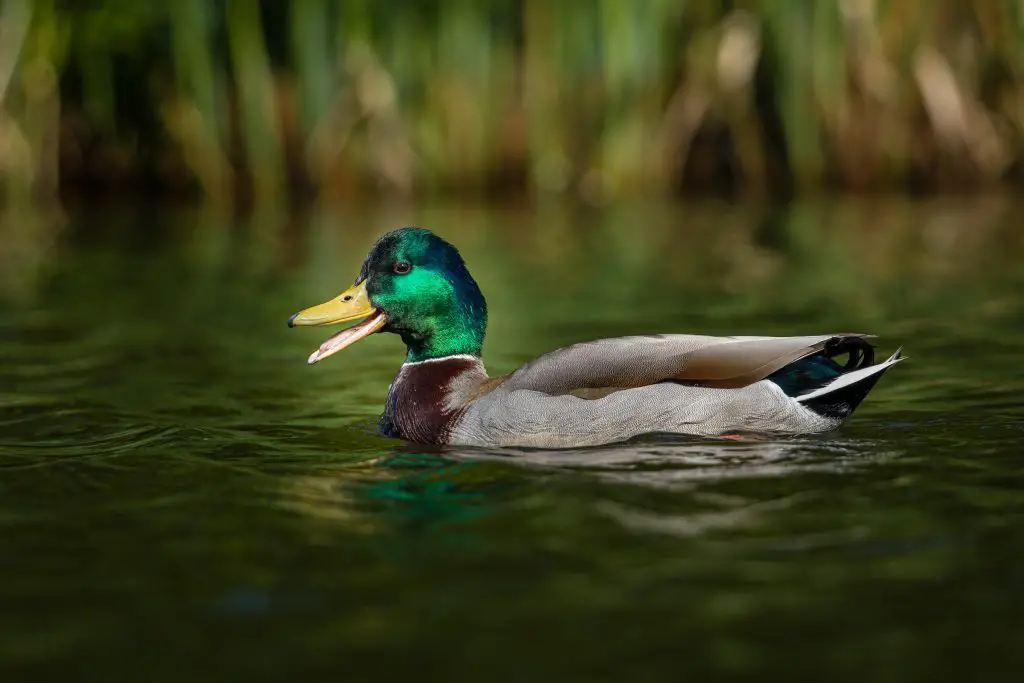Pond snails, also known as aquatic snails, are fascinating creatures that play an important role in maintaining the ecological balance of pond ecosystems. These small, slow-moving mollusks are highly adaptable and can thrive in a variety of freshwater environments. One of the most common questions about pond snails is “What do pond snails eat?” In this article, we will explore the dietary habits of pond snails and provide valuable insights into their feeding behavior.
### Understanding Pond Snails
Before delving into the specifics of their diet, it’s important to understand the characteristics of pond snails. These gastropods are equipped with a radula, a unique feeding organ that resembles a rasp or file. The radula is used to scrape and rasp food particles, allowing pond snails to consume a diverse range of organic matter found in their aquatic habitat.
Pond snails are herbivorous in nature, meaning they primarily feed on plant material. However, they are also opportunistic feeders, capable of consuming a variety of food sources based on availability. Their feeding behavior is influenced by factors such as water temperature, water quality, and the abundance of food resources in their environment.
### What Do Pond Snails Eat?
1. Algae: Algae serve as a primary food source for pond snails. These microscopic aquatic plants thrive in freshwater ecosystems and provide an essential source of nutrition for snails. Pond snails graze on algae, helping to control its growth and prevent excessive accumulation in ponds. This grazing behavior contributes to the ecological balance of the aquatic environment.
2. Plants: In addition to algae, pond snails also consume aquatic plants. They feed on the leaves and stems of submerged vegetation, utilizing their radula to rasp and ingest plant matter. While excessive grazing by snails can potentially damage aquatic plants, their feeding activity contributes to the decomposition of plant material, recycling nutrients within the ecosystem.
3. Decaying Organic Matter: Pond snails are scavengers, feeding on decaying organic matter such as fallen leaves, dead plant material, and detritus. Their ability to consume and break down organic debris plays a crucial role in nutrient cycling within pond ecosystems. By feeding on decaying matter, pond snails help to maintain water quality and promote the overall health of the aquatic habitat.
4. Microorganisms: Alongside plant-based food sources, pond snails also consume a variety of microorganisms present in their environment. This includes microscopic organisms such as bacteria, fungi, and protozoa. These microorganisms serve as an additional food supply for pond snails, contributing to their overall diet and nutritional intake.
### Feeding Behavior and Adaptations
Pond snails exhibit distinct feeding behaviors that are influenced by their environment and available food resources. Their adaptability allows them to thrive in diverse aquatic habitats, from natural ponds to artificial water features. Understanding their feeding behavior provides valuable insights into their ecological role and the factors that influence their population dynamics.
1. Grazing Activity: Pond snails are known for their grazing activity, which involves continuously feeding on algae and submerged vegetation. This behavior helps to regulate algae growth and prevents the overgrowth of aquatic plants. By consuming plant material, pond snails contribute to the cycling of nutrients within the pond ecosystem.
2. Nocturnal Feeding: In certain conditions, pond snails exhibit nocturnal feeding behavior, becoming more active during the night to forage for food. This behavioral adaptation allows them to avoid potential predators and take advantage of the cover of darkness to feed on algae and plant matter.
3. Feeding Preferences: While pond snails predominantly consume plant-based food sources, they may also exhibit preferences for certain types of algae or aquatic plants. Their selective feeding behavior can influence the composition of algae and plant species within a pond, shaping the overall biodiversity of the ecosystem.
4. Food Availability: The availability of food resources plays a significant role in shaping the feeding behavior of pond snails. In environments with abundant algae and plant growth, snails may exhibit higher reproductive rates and population densities. Conversely, limited food availability can impact their growth and reproductive success.
### Environmental Impact and Management
The feeding habits of pond snails have a direct impact on the ecological dynamics of pond ecosystems. Their role as herbivores and scavengers contributes to the overall health and balance of aquatic environments. However, under certain conditions, pond snails can reach population levels that may require management to prevent ecological imbalances.
1. Algae Control: Pond snails play a valuable role in controlling algae growth within ponds. Their grazing activity helps to prevent the excessive accumulation of algae, which can lead to water quality issues and oxygen depletion. In natural and artificial ponds, the presence of pond snails can contribute to the maintenance of a healthy aquatic environment.
2. Aquatic Plant Management: While pond snails consume aquatic plants, their impact on plant populations varies based on factors such as species composition and nutrient availability. In some cases, excessive grazing by snails may affect the abundance of certain plant species. Effective management strategies may be necessary to maintain a balanced ecosystem.
3. Population Dynamics: Monitoring the population dynamics of pond snails is essential for understanding their impact on pond ecosystems. Factors such as predation, water quality, and food availability can influence the abundance of snails. Maintaining a balanced snail population contributes to the overall stability of the aquatic habitat.
4. Aquatic Health: The presence of pond snails can serve as an indicator of the overall health of a pond ecosystem. Their ability to thrive in diverse conditions reflects the ecological quality of the environment. By monitoring snail populations and their feeding behavior, pond managers can assess and manage the health of aquatic habitats.
### Conclusion
In conclusion, pond snails are herbivorous mollusks with a diverse diet that includes algae, aquatic plants, decaying organic matter, and microorganisms. Their feeding behavior and adaptability contribute to the ecological balance of pond ecosystems, playing a crucial role in nutrient cycling, algae control, and overall aquatic health. Understanding the dietary habits of pond snails provides valuable insights for pond management and conservation efforts, ensuring the sustainability of freshwater environments.
Whether you’re a pond enthusiast, a biologist, or simply curious about the natural world, the feeding habits of pond snails offer a fascinating glimpse into the intricate interactions that shape aquatic ecosystems. By appreciating the role of these small but significant creatures, we can gain a deeper understanding of the delicate balance that exists within the watery realms of ponds and water gardens.





